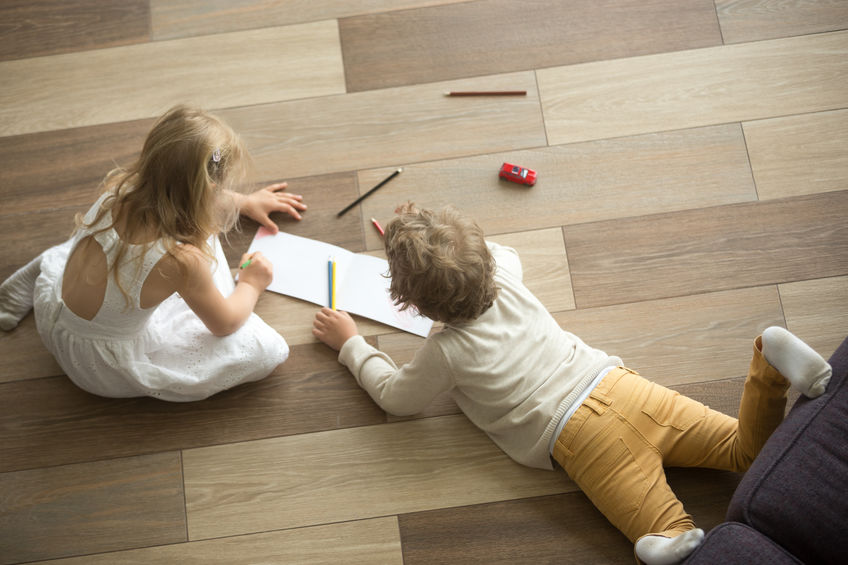
If you don’t think it is a big deal to be replaced by a baby brother after being the princess of the household and the apple of daddy and mommy’s eyes for 2 or more years, try to put yourself in your child’s place. Imagine: You have been happily married for 2 or more years and your husband treats you like you are special and wonderful. One day he says, “Guess what, I’ve decided to bring home another wife. I’m so happy about getting another wife and I’m sure you will be too. We will all be one big happy family.” You get the picture.
When the new baby arrives, both parents are exhausted and sleep deprived. Mom may be breast feeding which takes a lot of time and energy. Mom holds the baby close and quickly comforts the baby when he cries. Dad certainly plays with baby’s two year old sister, but may seem to have less energy and patience. Maybe your toddler is getting a little less outside play time. Your toddler may perceive correctly that she is getting less attention and baby gets a lot more.
Toddler and even preschooler brains don’t have a lot of control over impulses.This perceived threat to their well-being may seem very, very big and showing anger by hitting or throwing things or yelling may be impossible for some to resist. And given less energy and patience, parents may fall into removing the child from the situation in a harsh manner or lots of time outs or raised voices and threats. And none of these will improve the situation.
Sound familiar? These parents are caught up in a negative attention cycle with their toddler.
And remember – progress not perfection. All of your efforts may decrease your toddler’s challenging behaviors but they may not disappear. Take a big breath or throw cold water on your face or open a window to calm your own activated brain and try to remember what you might be doing if your spouse really did bring home another partner!
Get started with these Peace at Home Proven Solutions, or search for more.
Questions? Please email us at solutions@peaceathomeparenting.com.